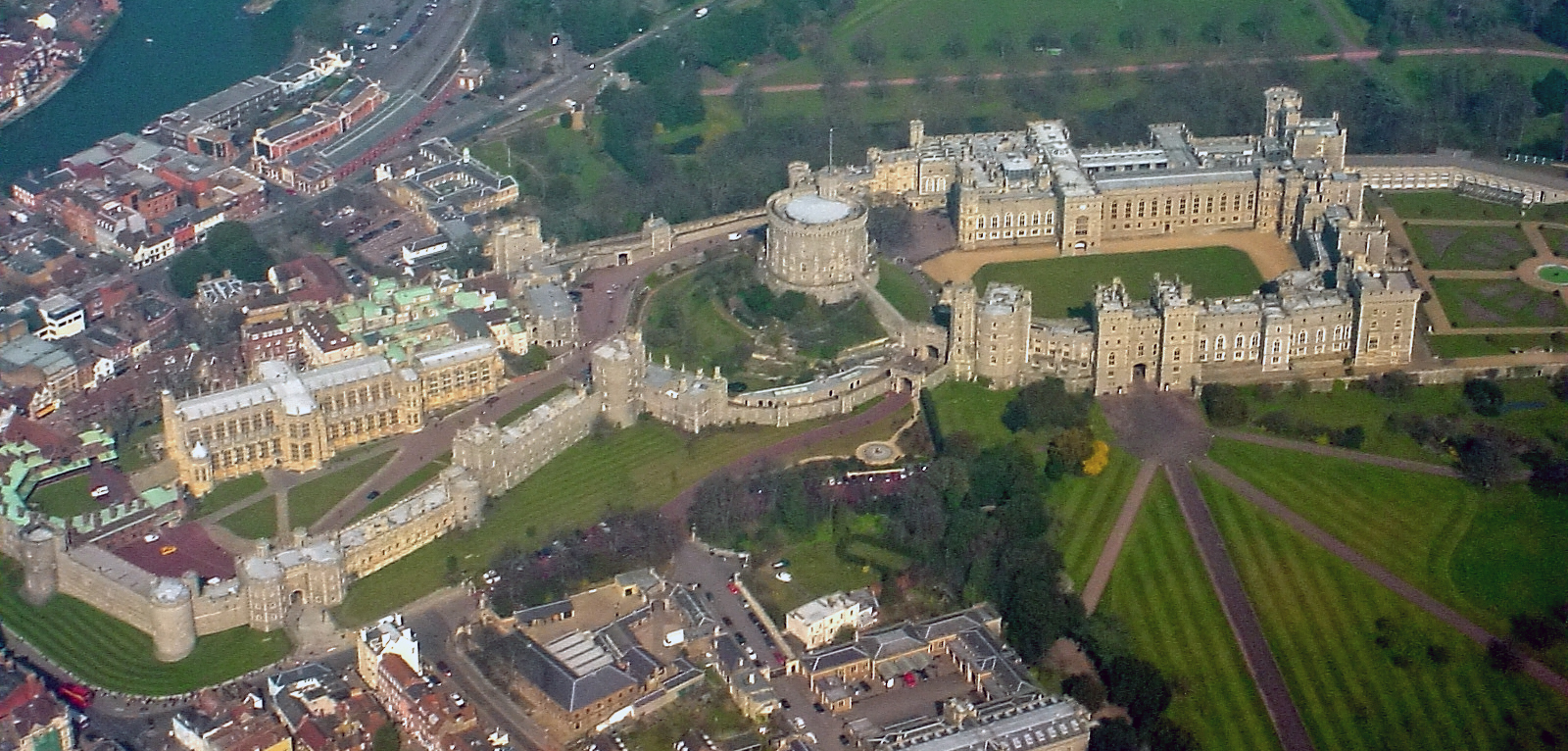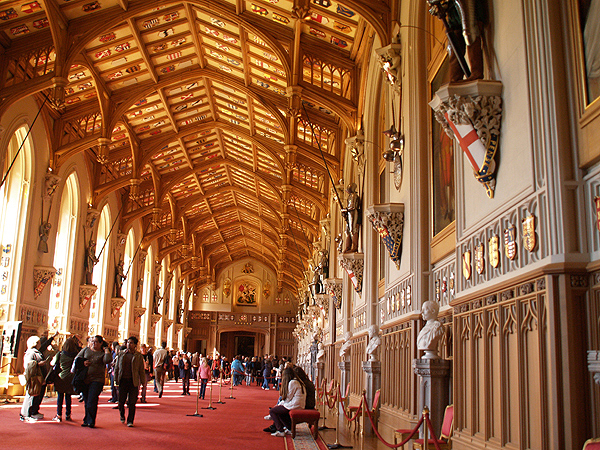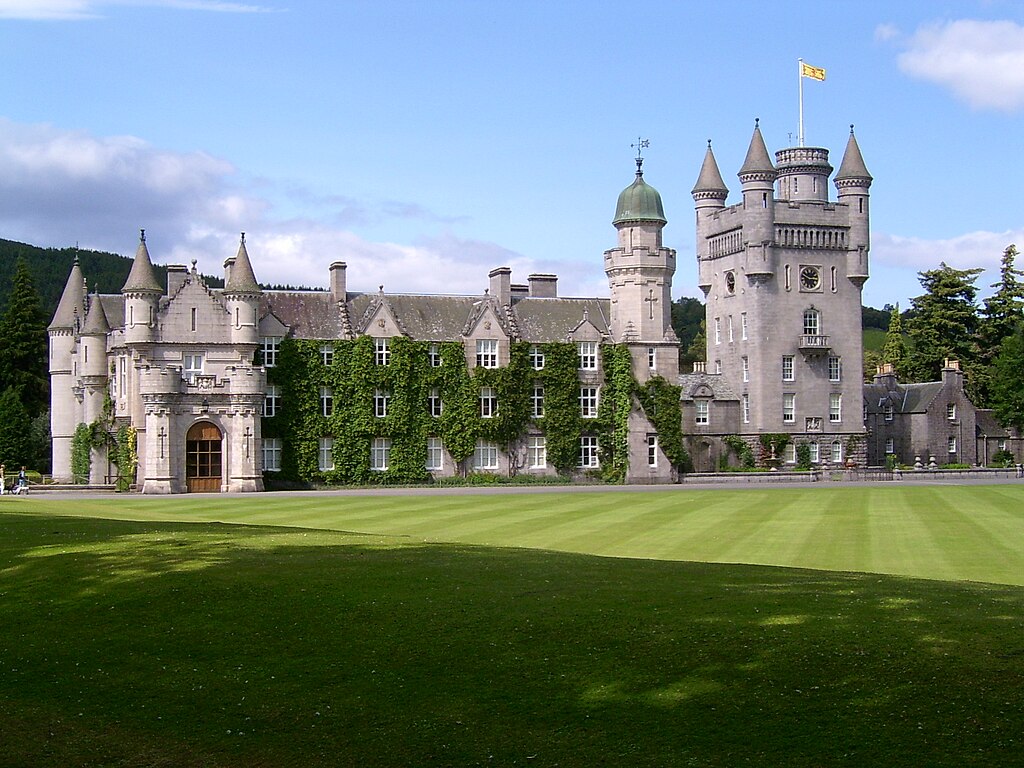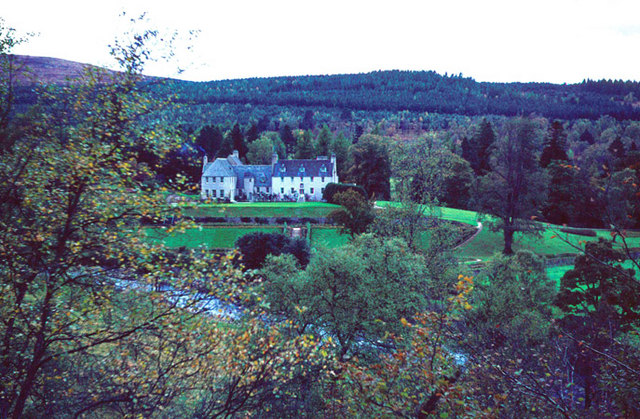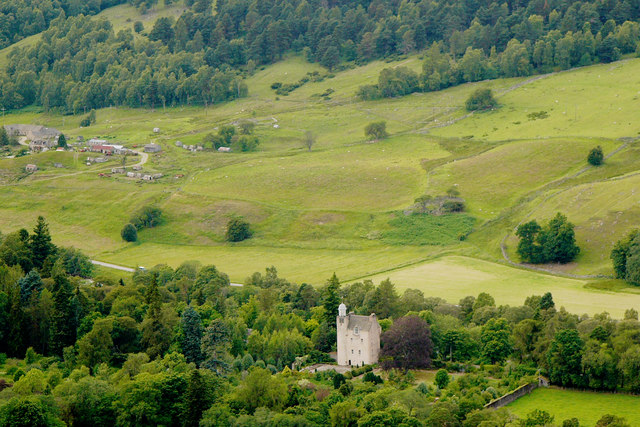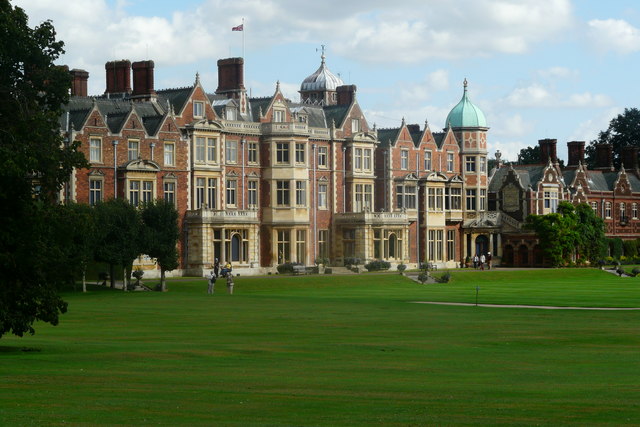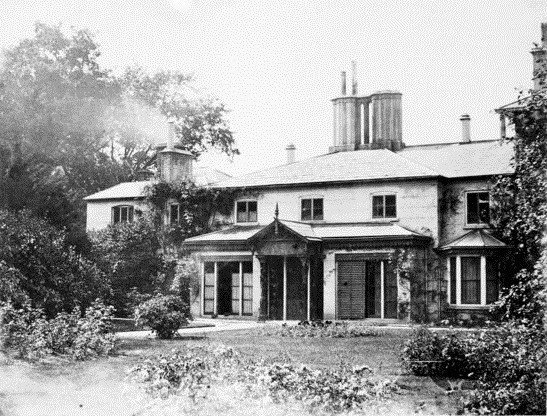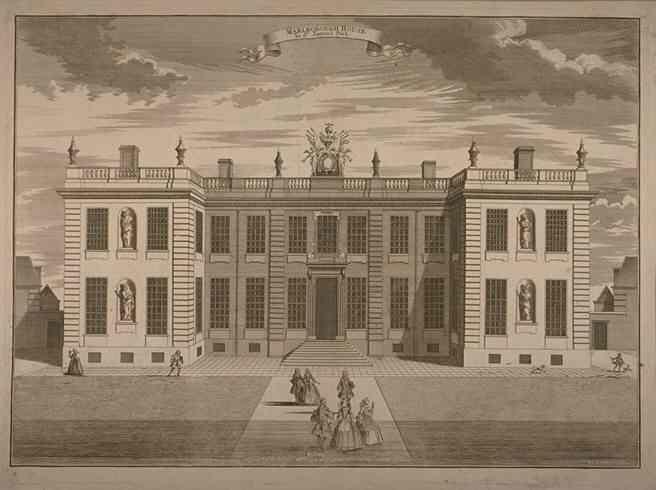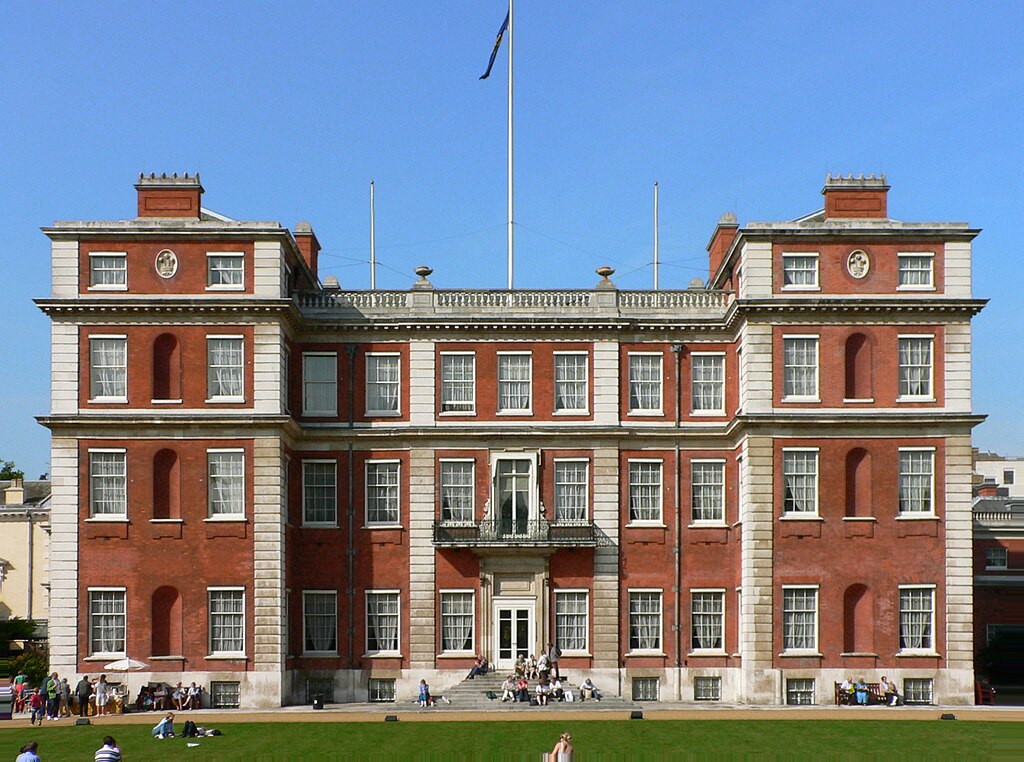by Scott Mehl and Susan Flantzer © Unofficial Royalty 2015
Destined to become the longest-reigning British monarch, Princess Elizabeth of York was born at 2:40 am on April 21, 1926, at 17 Bruton Street in Mayfair, London, the home of her maternal grandparents. She was the daughter of the future King George VI and Lady Elizabeth Bowes-Lyon, at the time the Duke and Duchess of York. She was named in honor of her mother, her great-grandmother Queen Alexandra, who had died five months earlier, on November 20, 1925, and her grandmother Queen Mary. Her paternal grandparents were King George V and Queen Mary, born Princess Victoria Mary of Teck, and her maternal grandparents were Claude Bowes-Lyon, 14th and 1st Earl of Strathmore and Kinghorne, and Cecilia Cavendish-Bentinck. At the time of her birth, Elizabeth was third in the line of succession to the British throne, following her uncle The Prince of Wales (later King Edward VIII and Duke of Windsor) and her father.
Queen Elizabeth II Resources
On May 29, 1926, in the Private Chapel at Buckingham Palace in London, England, Princess Elizabeth of York was christened.
Her godparents were:
For the first few years of her life, Elizabeth was raised at her parents’ home at 145 Piccadilly, in London, and at White Lodge in Richmond Park.
Elizabeth had one younger sibling:
In 1930, after the birth of Princess Margaret, the family moved to Royal Lodge in Windsor Great Park. Royal Lodge is most associated with her mother, as it was her country home until she died in 2002. It is now the home of Prince Andrew, The Duke of York.
In January 1936, Elizabeth’s grandfather, King George V, died at Sandringham. Her uncle David became King Edward VIII, and her father was now heir-presumptive to the throne. Even then, it was expected that the King would marry and have an heir – but as history shows us, this was not how things would turn out. In December 1936, King Edward VIII abdicated the throne, and Elizabeth’s father became King George VI. The quiet family life the Yorks had enjoyed would be changed forever. The young 10-year-old princess was now the heiress-presumptive to the British throne. However, because there was always the possibility of a younger brother being born and becoming heir apparent, Elizabeth did not receive any of the titles traditionally held by the heir. She remained, simply, The Princess Elizabeth.

photo: Hulton-Deutsch Collection/CORBIS
King George VI’s coronation was held in 1937 (on the date originally scheduled for his elder brother, Edward VIII). Princess Elizabeth and her sister, Princess Margaret, attended the ceremony, resplendent in ermine robes and small gold coronets.
The two princesses often attended events with their parents. One that would be most notable in Elizabeth’s life was a visit to the Royal Naval College in Dartmouth in 1939. Here she met and spent time with, her second cousin once removed via King Christian X of Denmark and her third cousin via Queen Victoria, Prince Philip of Greece and Denmark. Philip was the son of Prince Andrew of Greece and Princess Alice of Battenberg. Philip was a cadet at the College, and because of his family relationship, was asked to join the official party to entertain the young princesses. The two had already met some years earlier at the wedding of Elizabeth’s uncle, The Duke of Kent, to Philip’s cousin, Princess Marina of Greece but it was in Dartmouth that the 13-year-old Elizabeth truly took notice of her nearly 18-year-old cousin. It is said that Elizabeth was instantly smitten with the dashing Philip and the two began a correspondence that quickly blossomed into a romance.
Princess Elizabeth undertook her first official public engagement on her 16th birthday – an inspection of the Grenadier Guards, of whom she had been appointed Colonel-in-Chief. From this point on, her public role increased and she took on more official engagements, both with her parents and on her own. In 1945, she joined the Women’s Auxiliary Territorial Service with the rank of Subaltern, where she trained as a driver and mechanic. She was later promoted to the rank of Junior Commander.
Unbeknownst to the British people, Philip and Elizabeth had become engaged privately in 1946. The King consented, with the condition that the announcement would be held off until after Elizabeth’s 21st birthday the following year. The family was on a tour of southern Africa when Elizabeth turned 21. On that day, the Princess gave a radio address from Cape Town, South Africa, in which she dedicated her life to the service of the Commonwealth:
“I declare before you all that my whole life, whether it be long or short, shall be devoted
to your service and the service of our great imperial family to which we all belong.”
(You can hear the entire speech HERE.)

photo: The Telegraph
Upon the family’s return home, the engagement of The Princess Elizabeth and Lt Philip Mountbatten was announced on July 10, 1947. The couple married four months later, on November 20, 1947, at Westminster Abbey. Just prior, the King issued Letters Patent granting Philip the style of His Royal Highness, and the titles Duke of Edinburgh, Earl of Merioneth, and Baron Greenwich. In addition, he was made a Knight of the Order of the Garter.
Following their honeymoon, spent at Broadlands (the Mountbatten estate in Hampshire) and Birkhall on the Balmoral Estate, the couple took up residence at Windlesham Moor, a country home in Surrey that was leased for them. They remained at Windlesham Moor until July 1949 when they moved into Clarence House in London. Elizabeth and Philip had four children, two born before she became Queen and two born after she became Queen.

Queen Elizabeth and the Duke of Edinburgh with their family in 1979 at Balmoral Castle with two-year-old Peter Phillips in the background; Photo Credit – www.royal.gov.uk
- King Charles III of the United Kingdom (born 1948), married (1) Lady Diana Spencer, daughter of John Spencer, 8th Earl Spencer, had two sons, divorced (2) Camilla Shand Parker-Bowles, no children
- Princess Anne, The Princess Royal (born 1950), married (1) Mark Philipps, had one son and one daughter, divorced (2) Timothy Laurence, no children
- Prince Andrew, The Duke of York (born 1960), married Sarah Ferguson, had two daughters, divorced
- Prince Edward, The Duke of Edinburgh (born 1964), married Sophie Rhys-Jones, had one daughter and one son
In late January 1952, Elizabeth and Philip embarked on a tour of Australia and New Zealand on behalf of her father, whose doctors would not allow him to travel. On February 6, 1952, King George VI passed away at Sandringham. The new Queen learned of his death at the Sagana Lodge in Kenya, where the royal party was staying en route to Australia. They immediately returned to London, where she made her Accession Declaration to the Privy Council on February 8, 1952.

photo: The Telegraph
On June 2, 1953, the Queen’s coronation was held at Westminster Abbey. This was the first British Coronation that had been televised although some parts were deemed too sacred to be seen. In November 1952, the Queen and Duke of Edinburgh embarked on a six-month tour of the Commonwealth, ending in Malta. Here, the couple was joined by their children, Prince Charles and Princess Anne, and the family returned to London on the newly fitted HMY Britannia.
During her reign, Queen Elizabeth II was perhaps the most recognizable person in the world. She made numerous foreign visits, including State Visits, and hosted numerous incoming State Visits, all in her role as Head of State. She also made numerous visits to Commonwealth countries in her role as Head of the Commonwealth.
In 2012, she celebrated her Diamond Jubilee. Queen Elizabeth joined her great-great-grandmother, Queen Victoria, as the only two British monarchs to reach 60 years on the throne. Several days of celebrations were held, including a grand regatta on the Thames, a concert in front of Buckingham Palace, and a Service of Thanksgiving at Westminster Abbey. It was celebrated not only in the United Kingdom but around the world. Members of the Royal Family traveled to all of the Commonwealth Realms and many other Commonwealth countries on her behalf while Queen Elizabeth II and the Duke of Edinburgh traveled throughout the United Kingdom.

photo: The Telegraph
On July 27, 2012, Queen Elizabeth II officially opened the Olympic Games in London. Breaking with tradition, Her Majesty appeared in a short film that began the Opening Ceremonies. Seated at her desk in Buckingham Palace, she is joined by James Bond (played by Daniel Craig), and the two leave for the stadium, where they arrive by parachute! Needless to say, the crowd was overjoyed, and Queen Elizabeth was greeted by the cheers and applause of everyone in attendance. The following year, she was presented with an honorary BAFTA award for her support of the British film industry. The presenter referred to her as “the most memorable Bond girl yet”. I think all of us would agree. You can watch Queen Elizabeth II’s Olympic entrance HERE.
On April 9, 2021, Queen Elizabeth’s husband of seventy-three years, Prince Philip, Duke of Edinburgh died at Windsor Castle in Windsor, England, at the age of 99, just two months short of his 100th birthday. The funeral arrangements were planned over the years, with Prince Philip’s involvement and Queen Elizabeth signed off on the funeral plans. Last-minute changes were necessary to ensure compliance with COVID-19 restrictions, including only thirty guests being allowed at the funeral. One of the most poignant images of the funeral was the nearly 95-year-old Queen Elizabeth II, now a widow, sitting alone in a choir stall at St. George’s Chapel, Windsor.
In 2022, Queen Elizabeth II celebrated her Platinum Jubilee, marking seventy years on the throne. There were celebrations throughout the United Kingdom and the Commonwealth nations. See Unofficial Royalty: Queen Elizabeth II’s Platinum Jubilee Weekend.

Queen Elizabeth II meets Liz Truss, her 15th Prime Minister on September 6, 2002, two days before her death; Ironically, the photo shows the longest reigning British monarch and the shortest serving British Prime Minister; Credit – The Royal Family Facebook Page
On September 6, 2022, at Balmoral Castle in Scotland, Queen Elizabeth II had a meeting with the outgoing Prime Minister Boris Johnson, and then had a meeting with the incoming Prime Minister Liz Truss. On the evening of September 7, 2022, Queen Elizabeth was to be at a virtual Privy Council meeting during which Liz Truss would have taken her oath as First Lord of the Treasury (a position the Prime Minister also holds) and her new cabinet ministers would have been sworn into their roles. However, this statement was released: “After a full day yesterday, Her Majesty has this afternoon accepted doctors’ advice to rest. This means that the Privy Council meeting that had been due to take place this evening will be rearranged.”
On September 8, 2022, Buckingham Palace issued this statement: “Following further evaluation this morning, the Queen’s doctors are concerned for Her Majesty’s health and have recommended she remain under medical supervision. The Queen remains comfortable and at Balmoral.” All of Queen Elizabeth’s children and her grandsons Prince William and Prince Harry traveled to Balmoral.
Queen Elizabeth II of the United Kingdom died at the age of 96, at Balmoral Castle, her home in Balmoral, Scotland, on September 8, 2022, at 3:10 PM, more than three hours before the public was informed. The death certificate, released by the National Records of Scotland cites that she died of “old age”. The informant of her death was The Princess Royal, Queen Elizabeth II’s daughter Princess Anne. Only The Princess Royal and King Charles III were with Queen Elizabeth II when she died.
After a state funeral at Westminster Abbey in London, England on September 19, 2022, Queen Elizabeth II was interred in the King George VI Memorial Chapel in St. George’s Chapel at Windsor Castle in Windsor England, where her parents and her sister had been interred. At the time of Queen Elizabeth II’s burial, the coffin of her husband Prince Philip, Duke of Edinburgh, who died in 2021, was moved from the Royal Vault at St. George’s Chapel to the King George VI Memorial Chapel.
Queen Elizabeth II of the United Kingdom is the longest-reigning British monarch having surpassed her great-great-grandmother Queen Victoria on September 9, 2015. In May 2022, Queen Elizabeth II surpassed Prince Johann II of Liechtenstein (reigned from November 12, 1858 to February 11, 1929, for 25,658 days or 70 years, 91 days) and then in June 2022, she surpassed King Bhumibol Adulyadej of Thailand (reigned June 9, 1946 to October 13, 2016, for 25,694 days or 70 years, 126 days) to become the second longest-reigning monarch. Queen Elizabeth II reigned from February 6, 1952 – September 8, 2022, 70 years, 214 days. Only King Louis XIV of France, (reigned May 14, 1643 to September 1, 1715, for 26,407 days or 72 years, 110 days) has reigned longer. (Note: Lengths of reign are from a list of monarchs of states that were internationally sovereign for most or all of their reigns and have verifiable reigns by an exact date.)
Many monarchs came and went during the long reign of Queen Elizabeth II. See who they were at:
There were fifteen Prime Ministers of the United Kingdom during the reign of Queen Elizabeth II:
This article is the intellectual property of Unofficial Royalty and is NOT TO BE COPIED, EDITED, OR POSTED IN ANY FORM ON ANOTHER WEBSITE under any circumstances. It is permissible to use a link that directs to Unofficial Royalty.
House of Windsor Resources at Unofficial Royalty










